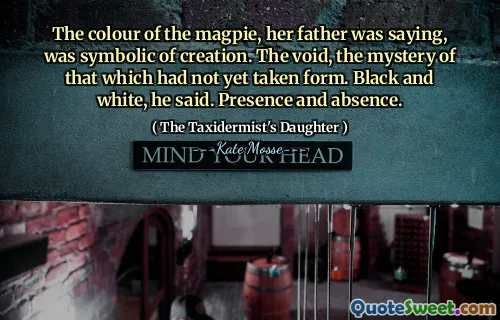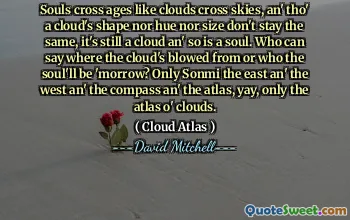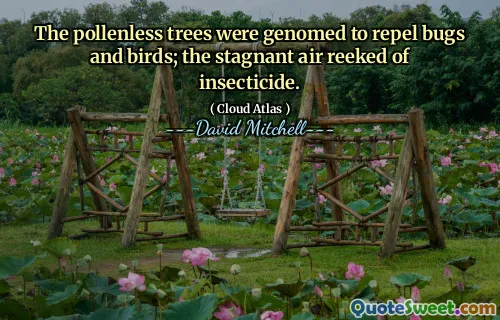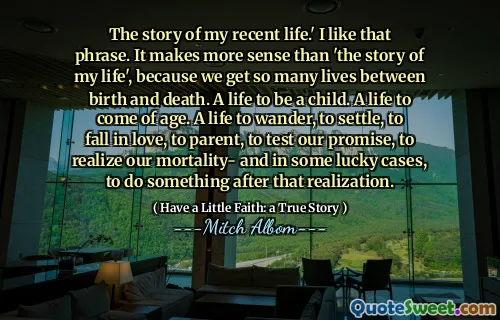
The colour of the magpie, her father was saying, was symbolic of creation. The void, the mystery of that which had not yet taken form. Black and white, he said. Presence and absence.
This quote draws a poetic and profound symbolic parallel surrounding the magpie's colouring, emphasizing its duality — black and white — as emblematic of creation itself. The father’s reflection uncovers layers of meaning in these contrasts: the black representing the void, the undefined, the potentiality waiting to be realized; and the white symbolizing presence, manifestation, and actual form. Together, they represent the birth of existence from nothingness.
What strikes me most in this passage is how beautifully it captures tension and harmony between opposites. The void is usually perceived as emptiness or absence, something empty or meaningless. But here, it's described as rich with mystery, pregnant with possibility—suggesting that before form is given, there is an inherent creative potential in nothingness. The black and white colors are not just pigments but metaphors for the profound cosmic dance of creation and destruction, the ebb and flow between what is visible and invisible.
In a broader context, this duality reflects many philosophical and spiritual outlooks: yin and yang, night and day, silence and sound, absence and presence. It calls attention to how opposing forces are interconnected and interdependent in the natural world—what seems absent might actually be a precursor to what is present. This idea encourages embracing uncertainty and ambiguity, recognizing the fertile ground that the 'void' holds for growth and transformation.
In terms of symbolism, the magpie as a messenger with these colors embodies a bridge between worlds—between the physical and the abstract, the known and the mysterious. This evokes a sense of awe towards nature's subtle messages and reminds us of how much meaning lies beneath surface appearances. Overall, the quote invites reflection on the essence of creation not as a simple occurrence but as a mystical interplay of absence and presence, potential and realization, encouraging us to see creativity as an ongoing process rather than a static event.






